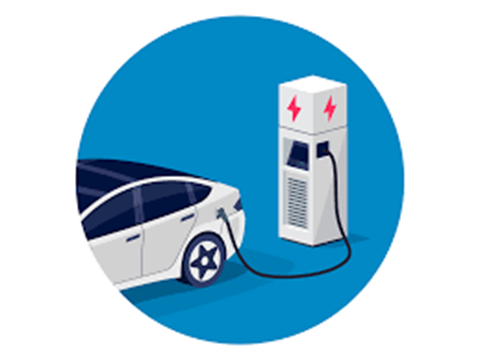Culver City's Electric Vehicle (EV) Infrastructure Plan

The EV Charging Station Study/Infrastructure Plan will assist Culver City to expand its EV charging network and help foster the transition of the transportation sector from use of internal combustion engines to electric engines.
Plan Goals
- Determine the most suitable sites in Culver City to install EV charging stations
- Identify hurdles to installing EV charging stations and develop solutions
- Create EV ownership educational materials for drivers
- Create guides for multi-unit residential property owners to assist with identifying: make and model EV chargers available, rebates for EV charger installation and maintenance; networking options available to customers.
Plan Details
The Southern California Association of Governments (SCAG) funded a charging station study and development of plans to assist regional cities with EV infrastructure planning. Culver City was one of 18 cities who received a SCAG grant in 2020 to participate in the study and prepare a citywide plan. After completing a competitive process, SCAG selected Willdan as the firm to oversee preparation of a plan for each city, which is now complete.
View the EV Charging Station Study / Infrastructure Plan (2023-02)(PDF, 20MB).
Learn about operating an EV(PDF, 2MB)
View the EV Charging Station Guide for Property Managers.(PDF, 1MB)
Plan Background
In, 2020 California Executive Order N-79-20 established a goal of 8 million EVs on the road by 2030. To meet this goal, in August 2022, California Air Resources Board passed the Advanced Clean Cars II rule requiring vehicle manufactures to reach 100% of new light-duty vehicle sales as zero-emission by 2035.
The California Energy Commission estimates that up to 1.2 million EV charging stations will be needed in California to support the EV goal. As of December 2022, only about 80,000 EV charging stations had been installed in the State, leaving a substantial infrastructure gap. Depending on the mix of EV charging station types, Culver City may need between 380 and 1,154 charging stations by 2030 to support statewide goals.
While Culver City can install EV charging stations at publicly owned locations such as City Hall, libraries, parks, and public parking lots, the majority of EV charging stations will be owned and operated by the private sector, and the City has several roles to play in fostering private development such as:
- Increase education and awareness about EVs and EV charging stations
- Create policies and initiatives that encourage and streamline EV charging stations development, installation, and use
- Connect EV and EV charging stations stakeholders to funding resources to reduce upfront costs
